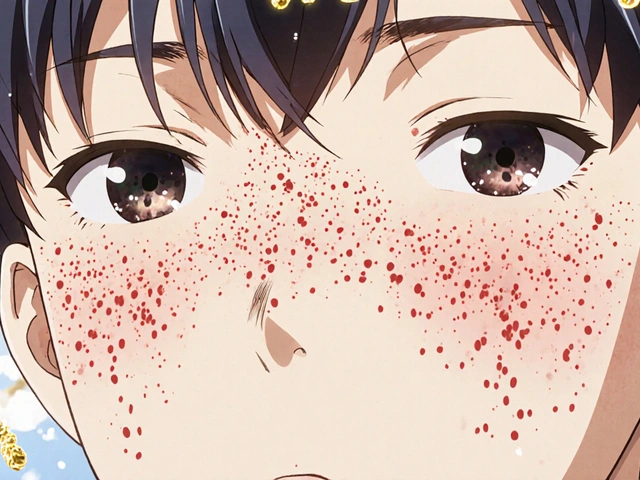Bactroban ointment – Quick guide to using this skin antibiotic
If you’ve been handed a tube of Bactroban ointment, you probably wonder what exactly it does and how to apply it right. In plain terms, Bactroban is a topical antibiotic, the brand name for mupirocin, that fights off bacteria on the skin. It’s a go‑to for things like impetigo, small cuts that get infected, and some types of burns. Below we break down the basics, so you can use it without a hitch.
When and why doctors prescribe Bactroban
Doctors reach for Bactroban when they spot a bacterial skin infection that isn’t healing on its own. Common signs include red patches, crusty sores, or pus‑filled blisters. Because mupirocin targets Staphylococcus aureus and Streptococcus pyogenes, it works well on the usual culprits behind impetigo and minor wound infections. It’s also sometimes used after minor surgery to keep the incision clean.
How to apply Bactroban safely
First, wash your hands and the affected area with mild soap and water. Pat the skin dry – don’t rub, just dab. Scoop a thin layer of ointment (about the size of a pea) onto the area and spread it evenly. You don’t need a thick coat; a light, uniform layer does the job. Close the wound with a light bandage if your doctor advised it, but many times the ointment alone is enough.
Apply Bactroban exactly as your prescription says – usually 2 to 3 times a day for up to 10 days. Skipping doses can let bacteria survive and cause a relapse. If you miss a dose, just apply it as soon as you remember unless it’s almost time for the next one. Don’t double up.
After each application, wash your hands again. This prevents spreading any leftover bacteria to other parts of your body or to other people.
Possible side effects and what to watch for
Most people tolerate Bactroban well. The most common complaint is a mild burning or stinging feeling right after you put it on. This usually fades after a few minutes. Rarely, you might see redness, itching, or a rash where the ointment was used. If the skin gets worse, looks increasingly inflamed, or you develop fever, stop using it and call your doctor – it could be an allergic reaction or a resistant infection.
Because Bactroban is for external use only, don’t swallow it. If it gets into your eyes, rinse them with plenty of water and seek medical help.
Buying Bactroban – price and availability
In the UK, Bactroban is a prescription‑only medication, so you’ll need a doctor’s script to get it from a pharmacy. Prices vary by location and whether you use a private or NHS pharmacy, but a 15‑gram tube typically costs between £10 and £20. Some online pharmacies list it, but make sure they’re licensed and require a prescription – buying from unverified sites can land you fake medication.
If cost is a concern, ask your doctor about cheaper alternatives. Generic mupirocin ointment works the same way and is often less pricey.
Tips for getting the most out of Bactroban
Keep the tube tightly sealed when you’re not using it – exposure to air can reduce its potency. Store it at room temperature, away from direct sunlight. Don’t use it on large, deep wounds or on areas with poor blood flow (like the bottom of the foot) unless your doctor specifically says so.
Lastly, finish the full course even if the infection looks better early on. Stopping early can let surviving bacteria grow back, leading to a tougher infection later.
With these straightforward steps, Bactroban ointment can clear up most minor skin infections quickly and safely. If you have any doubts while using it, a quick call to your pharmacist or doctor can clear things up without delay.
How and Where to Safely Buy Bactroban Online: A 2025 Guide
Looking for Bactroban online in 2025? Get the latest facts on buying, safety tips, legit online pharmacies, pricing, and prescription essentials—all in one spot.






